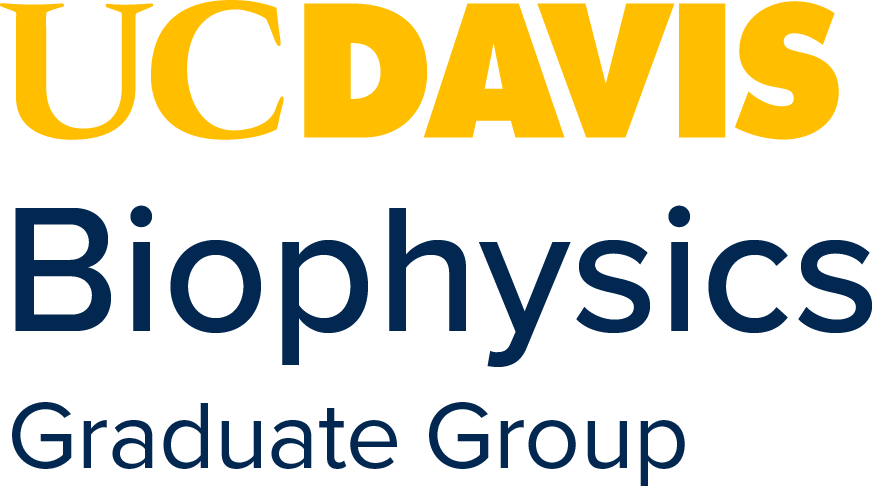Message from The Chair
With the publication of, “On Growth and Form,” d’Arcy Wentworth Thompson – a mathematician, a biology, a physicist –launched perhaps the first era of biophysics. Drawing on the exactness, clarity, and elegance of the laws of physical sciences, he sought to explain the emergence of biological forms, morphologies, even relatedness (of disparate processes) as an expression of the principles of mathematics.
Now more than a hundred years later, we are witnessing the dawn of a new era seeking to interpret all of biology from molecules to biomes – spanning a wide range of length and time scales from Ångstroms to meters and above and from picoseconds to hours (and ultimately to evolutionary time) – with the ever more precise exactitude afforded by the language of physical and chemical sciences. Fueled in no small part by the spectacular advances in single-molecule analyses; optical, atomic force, and electron microscopies; systems and synthetic biology; and the development of computational tools and multiscale models – each of which secured a Nobel prize in recent years– we have no choice but to conclude that biophysics is alive and well.
Our BPH graduate group is poised, rather uniquely, to this exciting cross-disciplinary enquiry. Research interests of our faculty in the Biophysics Graduate Group cover human, plant, and veterinary biology; medicine, food, and wellness sciences; engineering in its broad range of sub-disciplines; and the full spectrum of biophysical sciences. Collectively, we develop and apply approaches, tools, and techniques of biophysics to unravel structure, organization, energetics, dynamics, and functions of biomolecules and their assemblies. Some examples include cytoskeletal dynamics, signal transduction, host-pathogen interactions, channel-mediated diseases, membrane organization and trafficking, protein structures, and biofilms. We apply tools ranging from structural biology, including cryo-electron microscopy, x-ray crystallography and NMR spectroscopy; computational biology, including molecular simulations, multiscale modeling, and data sciences; imaging, from structured illumination to scanning probes; and modern approaches in synthetic biology.
Students and postdocs in the graduate group are cross-disciplinary thinkers. Many do their research collaboratively, actively participate in the development and the evolution of the program, and they are primary drivers of the vibrant ethos that characterize the graduate group. Faculty in the department are deeply committed to mentoring, student well-being, and actively promote the scientific, intellectual, and professional development of the students and the postdocs.
Welcome to BPH Graduate Group at UC Davis.
-Atul N. Parikh, Sept 11, 2019, Davis, Calif.
Chair, Biophysics | anparikh@ucdavis.edu | +1 (530) 304-7523
